Nourish Your Dry Hair: The Ultimate Guide to DIY Hair Masks
Dry hair definitely requires extra care. When your strands struggle to hold onto moisture, a DIY hair masks can be a simple yet effective solution. Exposure to sun, wind, chlorine, and too much styling can strip away your hair’s natural oils, and that’s where a nourishing DIY hair mask steps in. Without enough moisture, hair becomes brittle, rough, and dull—leading to frizz and breakage. But don’t worry—DIY hair masks are a fantastic, natural remedy! They use simple, pure ingredients to lock in moisture and repair damage without the harsh chemicals found in many store-bought options. By blending ingredients like oils, honey, or yogurt, you can customize treatments for your unique hair needs at home—saving money and avoiding toxins.
Homemade hair masks use everyday kitchen items like oils and avocado. For example, the lauric acid in coconut oil can penetrate the hair shaft to prevent moisture loss and strengthen hair. By mixing these nourishing ingredients into a mask, you can seal in hydration and enhance shine.
Understanding Dry Hair
Dry hair occurs when the cuticle layer can’t hold moisture, leaving your strands feeling parched. You might notice that your hair feels like straw, looks dull, and tangles easily. Common causes include:
- Environmental Stress: Hot, dry weather, exposure to the sun and wind, and frequent swimming in chlorinated or salt water all strip moisture.
- Hair Care Habits: Washing your hair too often, using harsh shampoos or alcohol-based products, and excessive heat styling (like blow-drying, straightening, or curling) can break down your hair’s protective oils.
- Diet and Health: Nutritional deficiencies (from crash diets or conditions like anorexia) and health issues (like hypothyroidism) can reduce hair’s hydration and strength.
Signs of dry hair: The outer layer of the hair shaft breaks down when it lacks moisture, making hair appear dull and feel rough. You might notice split ends, more frizz, and faster tangling. Dry hair often appears straw-like and feels brittle to the touch.
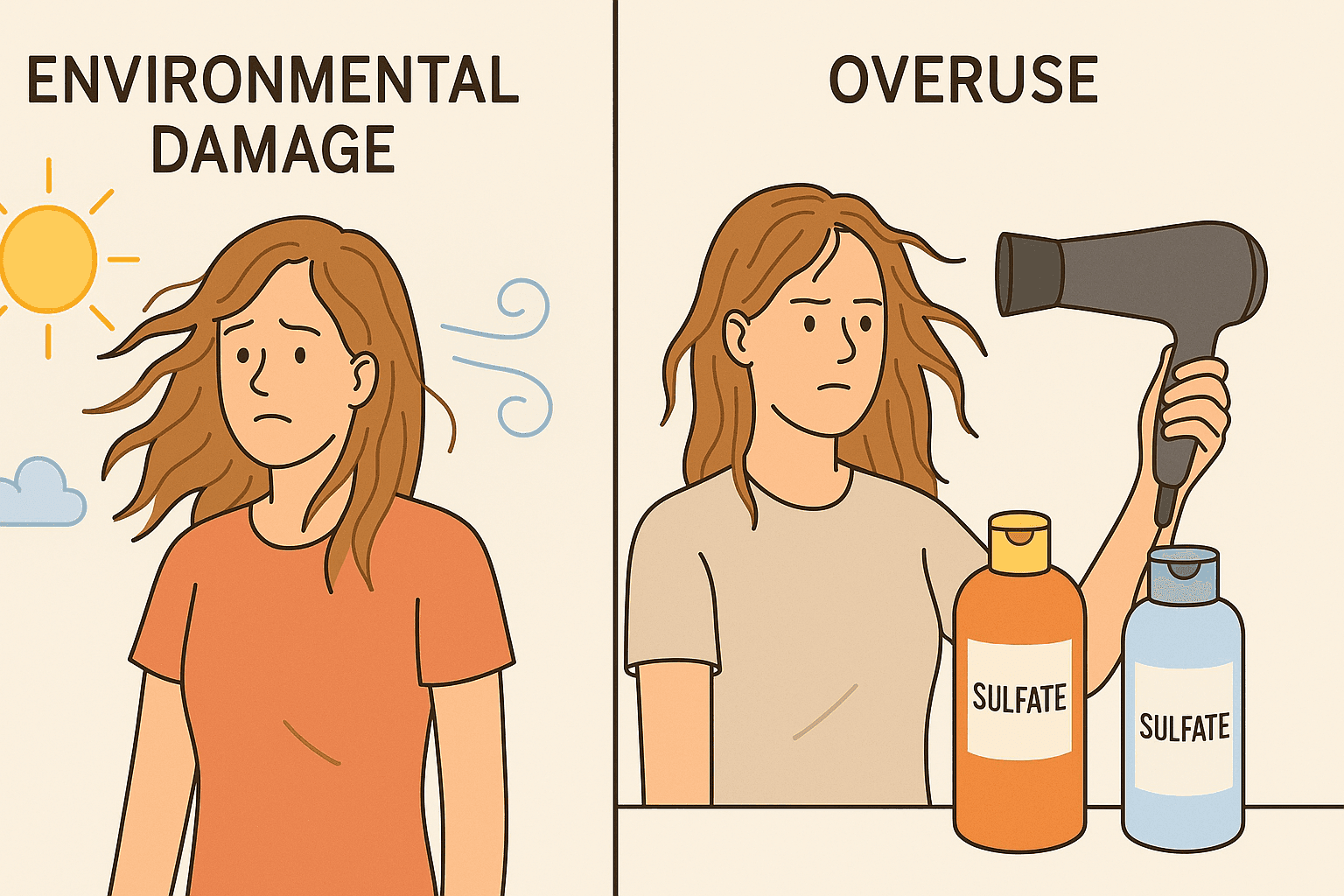
How masks restore moisture: Thick conditioning treatments are like a hug for your hair, filling in those gaps in the damaged cuticle. Research shows that using a moisturizing hair mask packed with proteins and oils can help restore your hair’s natural protective barrier. In practice, ingredients like oils and conditioners work wonders by smoothing the cuticle and locking in moisture. For instance, natural oils such as coconut, olive, and argan coat and nourish each strand, helping your hair hold onto moisture and regain that beautiful shine. By consistently treating dry hair with these rich blends, you can gradually bring back softness and flexibility, which helps reduce breakage and revives that healthy luster.
Key Ingredients for Homemade Hair Masks
Using the right natural ingredients is the key to reviving dry hair. Here are some of the best ones backed by both tradition and results.
Hydrating Oils
Oils help seal in moisture and repair damage.
- Coconut Oil – Rich in fatty acids that penetrate the hair shaft, reducing protein loss. Great for deep conditioning.
- Olive Oil – Contains antioxidants and vitamin E. Helps smooth rough strands and adds shine.
- Argan Oil – High in essential fatty acids. Repairs split ends and tames frizz.
Natural Moisturizers
These ingredients lock in moisture and soothe the scalp.
- Honey – A natural humectant. It draws moisture from the air into your hair.
- Aloe Vera – Soothes the scalp and hydrates dry, brittle hair.
- Avocado – Packed with natural oils, vitamin E, and B vitamins. Makes hair soft and manageable.
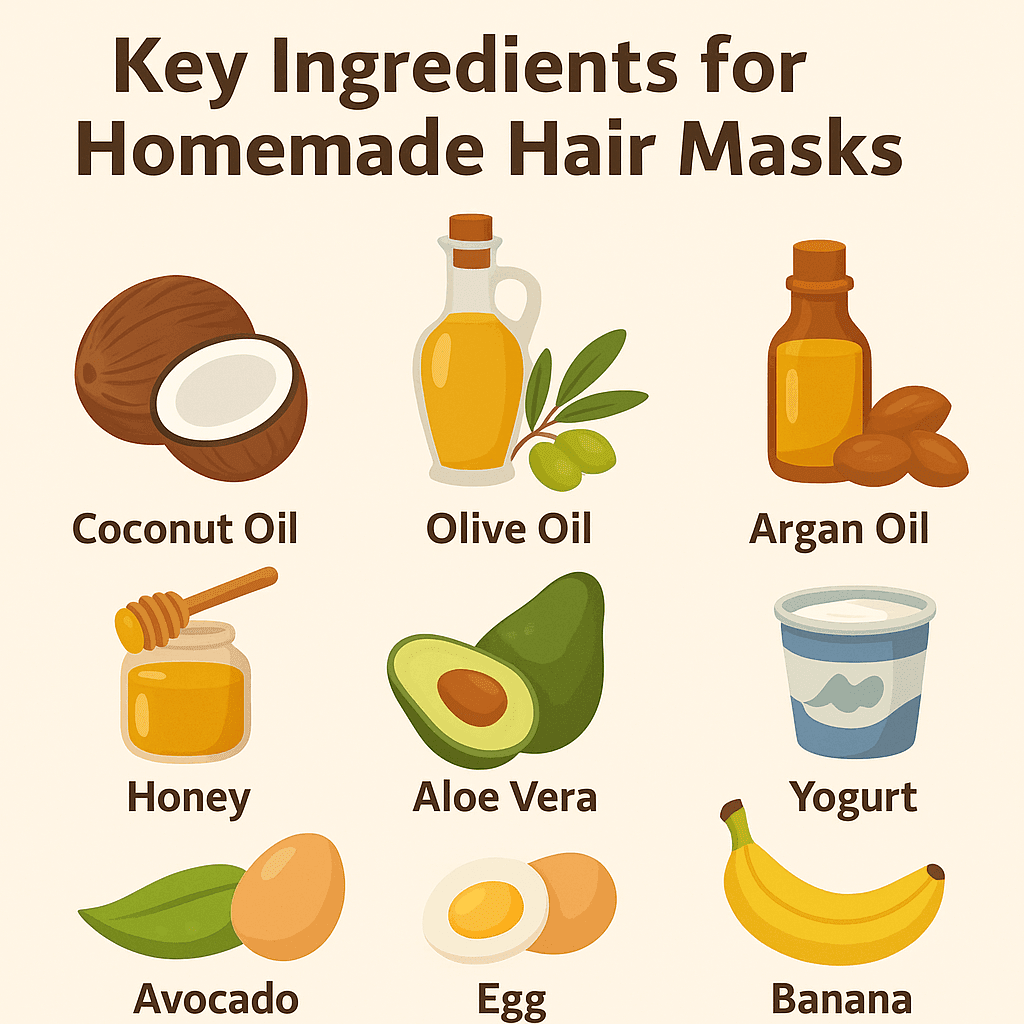
Strengthening Additions
Protein-rich foods help restore hair structure and boost strength.
- Yogurt – Contains protein and lactic acid. Nourishes and gently cleanses.
- Eggs – High in protein and biotin. Repairs weak, damaged strands.
- Banana – Loaded with potassium. Helps improve elasticity and prevent breakage.
Simple and Effective Homemade Hair Mask Recipes
1. Quick Hydrating Mask (Honey + Olive Oil):
- Ingredients: 2 tablespoons honey, 1 tablespoon extra-virgin olive oil.
- Instructions: Gently warm the olive oil and mix it with honey. Apply this blend to damp hair, focusing on the mid-lengths and ends. Use your fingers or a wide-tooth comb to work it through.
- Step-by-Step: Let the mask sit for 20–30 minutes. Cover your hair with a shower cap and a warm towel to enhance absorption. Rinse thoroughly with lukewarm water. If needed, shampoo gently, then condition as you normally would.
- Why it works: Honey acts as a humectant, drawing in moisture, while the fatty acids in olive oil lock it into the hair shaft. This mask deeply hydrates dry strands and adds a beautiful shine.
2. Deep Conditioning Mask (Avocado + Yogurt):
- Ingredients: ½ ripe avocado, ¼ cup plain yogurt, 1 tablespoon honey (optional for extra moisture).
- Instructions: Mash the avocado until it’s smooth, then mix in the yogurt (and honey if you want). Apply it from roots to tips on clean, damp hair, and massage it into your scalp.
- Step-by-Step: Section your hair to ensure the mask is evenly applied. Leave it on for 30 minutes under a shower cap. Rinse out with lukewarm water, then follow up with a mild shampoo and conditioner.
- Why it works: The oils in avocado penetrate and soften your hair, while the proteins in yogurt strengthen and hydrate. This powerful duo rebuilds moisture and leaves your hair silky smooth.
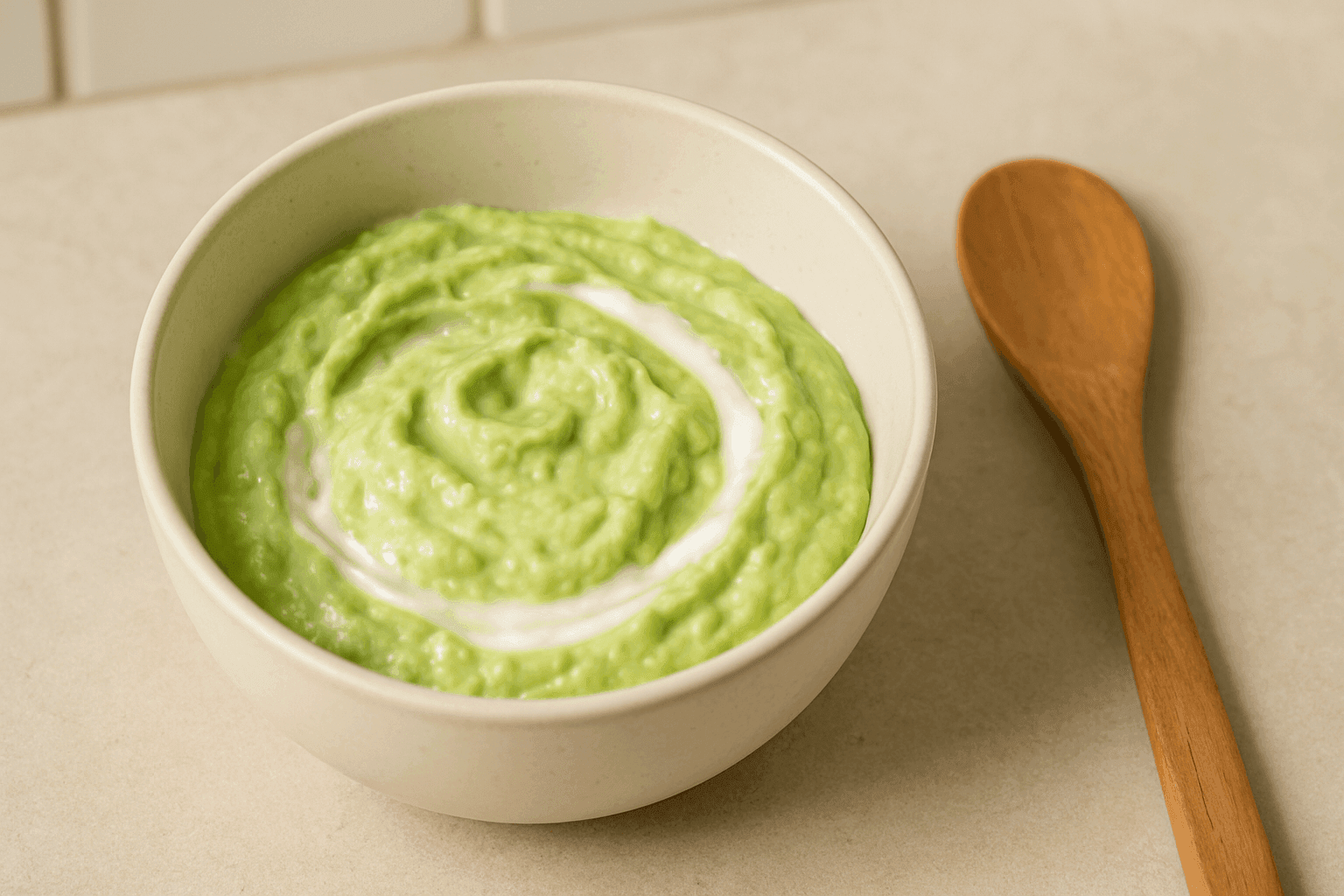
3. Repair Mask (Egg + Coconut Oil):
- Ingredients: 1 egg (or 2 egg whites for less oiliness), 1 tablespoon coconut oil.
- Instructions: Start by whisking the egg and melted coconut oil together. Then, apply this mixture to slightly damp hair, making sure to coat from the roots all the way to the ends.
- Step-by-Step: Leave the mask for 15–20 minutes (cover with cap). Rinse with cool or lukewarm water — hot water can “cook” the egg in hair. Shampoo as needed.
- Why it works: The protein in the egg helps to rebuild your hair’s internal structure, while coconut oil dives deep to lock in moisture. Together, they make your hair stronger and less likely to break.
4. Soothing Mask (Aloe Vera Gel + Argan Oil):
- Ingredients: ¼ cup pure aloe vera gel, 1 tablespoon argan oil.
- Instructions: Mix the aloe vera gel with the argan oil. Apply it generously from your scalp all the way to the ends.
- Step-by-Step: Massage it into your scalp to soothe and into your strands for hydration. Cover your hair and let it sit for 20–30 minutes. Rinse with lukewarm water and use a gentle shampoo if you like.
- Why it works: Aloe vera gives a refreshing boost of hydration and has enzymes that condition the scalp, while argan oil adds a protective layer that seals in moisture. This mask helps calm irritation and brings back softness.
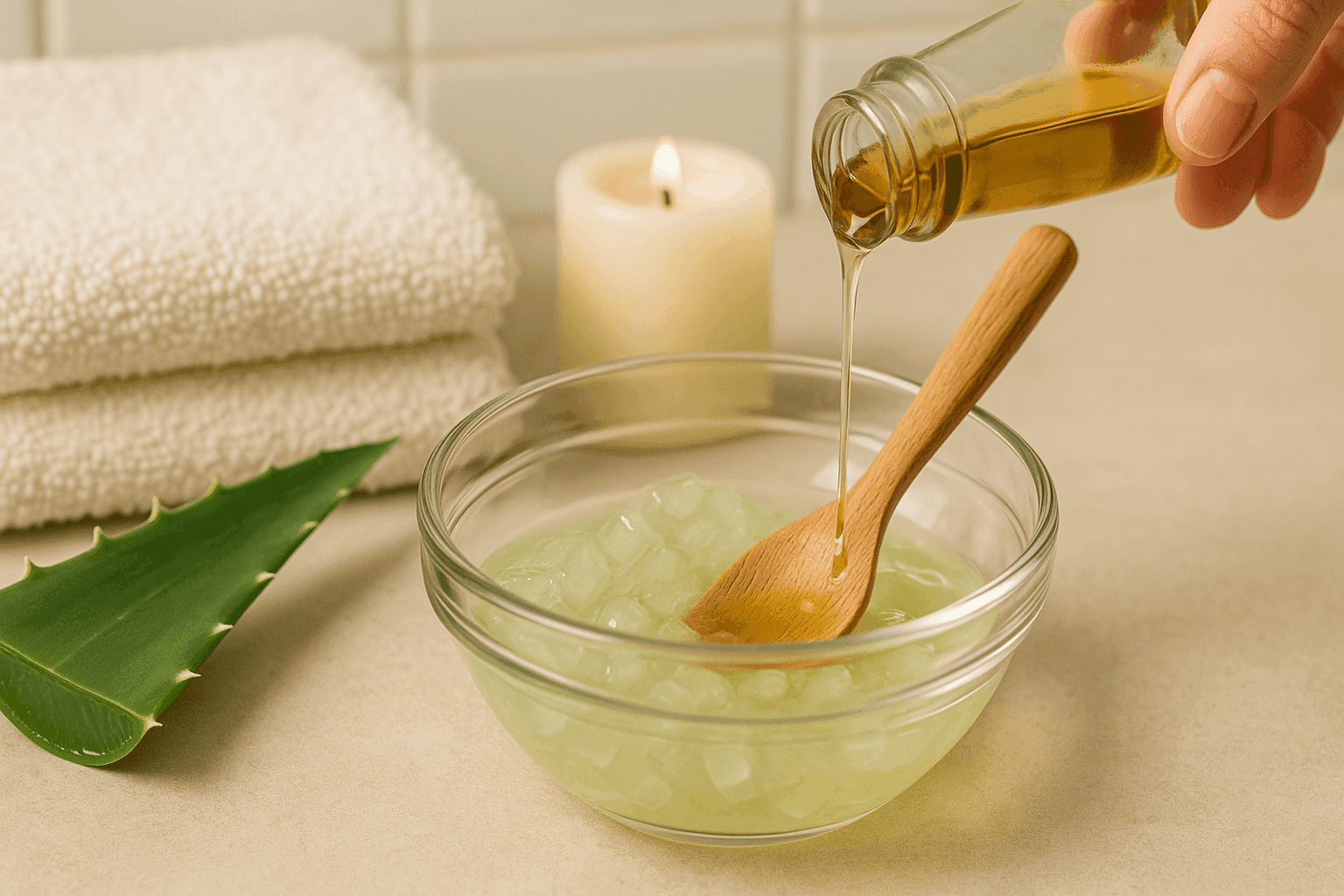
Customizing Tips:
Feel free to adjust each mask to suit your hair’s specific needs. If you have an oily scalp but dry ends, start applying the masks at mid-shaft and focus on the tips. For fine hair that gets weighed down easily, opt for lighter oils like jojoba or almond. Thicker, coarser hair can handle longer leave-in times and richer oils like coconut or avocado. If your hair is color-treated, homemade masks are usually safe and gentle; in fact, some natural deep conditioners (like Joico’s KBond20) are designed to be color-safe. Always do a patch test with new ingredients to check for any sensitivity. Covering hair with a shower cap while the mask sits can create gentle warmth, helping ingredients penetrate more deeply.
How to Use DIY Hair Masks for Best Results
For soft, healthy hair, how you use your mask matters just as much as what’s in it.
✅ Frequency of Use
Use a homemade hair mask once or twice a week for best results. Overuse can cause buildup, especially with oil-heavy recipes.
🧴 How to Apply
Apply to clean, damp hair for better absorption.
Focus on the mid-lengths and ends, not the roots (unless the scalp is also dry).
Use an applicator brush or your hands for even coverage.
⏳ How Long to Leave It On
Leave masks on for 20–30 minutes.
For deeper conditioning (like coconut oil masks), cover your hair with a shower cap and leave it for up to 1 hour.
🚿 Rinsing Tips
Rinse with lukewarm water.
Use a mild shampoo if the mask includes heavy oils or eggs.
Finish with a cool rinse to seal the cuticle and add shine.
⚠️ Do a Patch Test
Always test a new ingredient on your skin before full application to avoid allergic reactions or irritation.
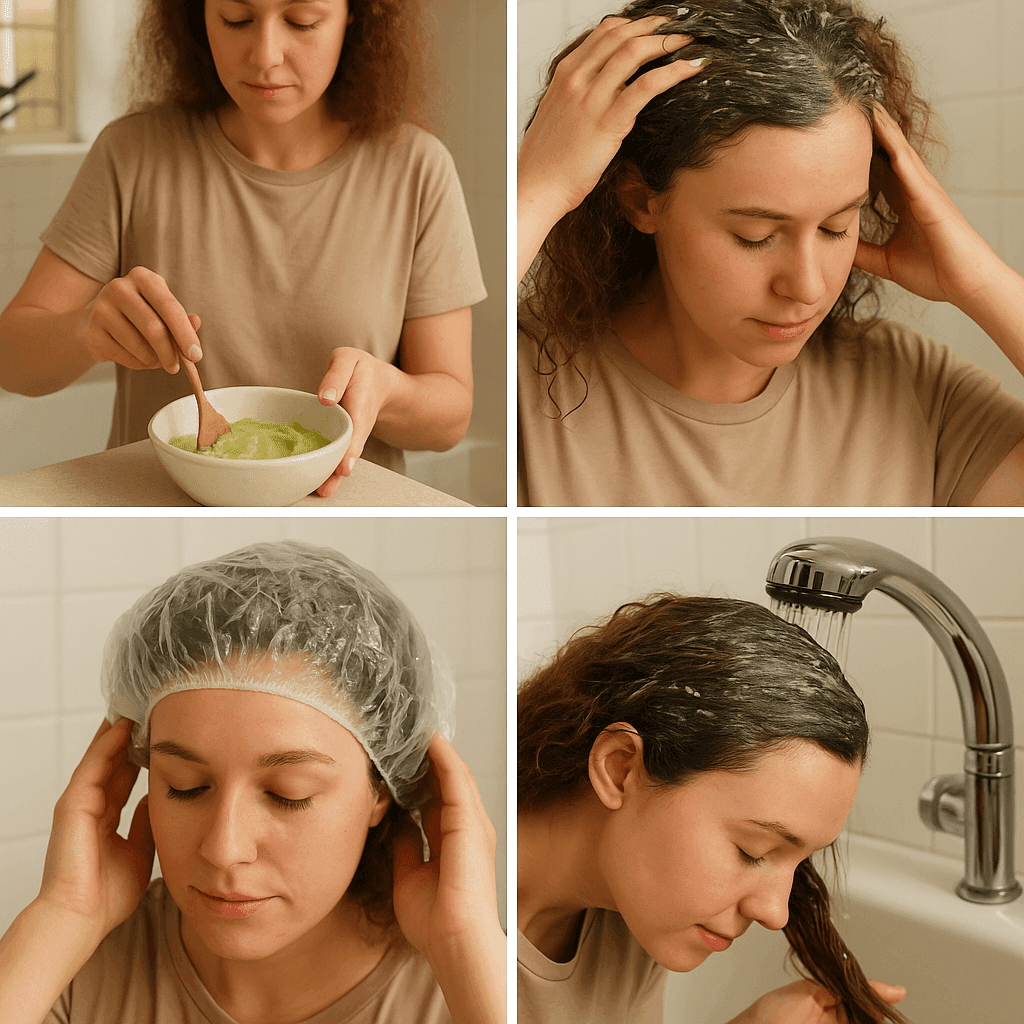
Additional Tips to Prevent Dry Hair
Dry hair isn’t just about masks — your daily habits play a big role too.
💧 Stay Hydrated
Drink plenty of water and eat foods rich in omega-3s, vitamin E, and protein. Think nuts, seeds, eggs, and leafy greens.
🧼 Wash Less, Gently
Avoid washing your hair daily. 2–3 times a week is ideal.
Use sulfate-free shampoos to prevent stripping natural oils.
Always condition after shampooing.
💨 Dry With Care
Gently pat dry with a microfiber towel or cotton t-shirt.
Avoid rubbing, which causes breakage.
Air dry when possible. If you must blow-dry, use a heat protectant spray.
💇♀️ Style Smart
Use protective hairstyles like braids or buns to reduce friction.
Avoid excessive heat tools and chemical treatments.
Use silk pillowcases to reduce overnight moisture loss.
FAQs
How often should I apply a homemade hair mask for dry hair?
Generally, once a week is plenty to keep your hair hydrated. If your hair is really dry or damaged, you might want to start with 2–3 treatments a week. Studies show that weekly applications can really help prevent breakage. Just keep an eye on how your hair reacts: if it starts to look a bit lifeless, it might be time to cut back on the frequency.
Can I leave a homemade hair mask on overnight?
For those with severely damaged hair, some folks safely leave heavier oil masks (like coconut or olive oil) on overnight. But for most DIY masks, 20–30 minutes should do the trick. Be cautious with ingredients like eggs or acids, as they can make your hair feel stiff if left on too long. If you decide to sleep with a mask on, don’t forget to cover your pillow with a towel to prevent any stains. And make sure to rinse it out thoroughly in the morning!
Are homemade hair masks safe for color-treated hair?
Absolutely—homemade masks are typically gentler than many commercial products. Natural oils and butters won’t strip your hair dye and can actually help lock in color. In fact, salon brands like Joico’s KBond20 are designed to be safe for color-treated hair. However, if your scalp is sensitive or your hair is porous from bleaching, it’s a good idea to do a patch test first.
What should I do if my hair mask causes irritation?
First things first, rinse the mask out right away. Then, give your scalp a good wash with shampoo and rinse thoroughly. Some ingredients, like aloe or citrus, can irritate certain people. Next time, try a patch test: just apply a small amount behind your ear or on your inner arm and wait about 10–15 minutes. If you notice any irritation, it’s best to skip that ingredient or use less of it.
Can I use the same hair mask recipe for an oily scalp and dry ends?
Yes, but you’ll want to apply it with care. If you have an oily scalp but dry ends, steer clear of the roots. Focus the mask on the mid-lengths and ends where your hair needs the most moisture. You might also want to cut back a bit on the oil-based ingredients to avoid over-conditioning your scalp. Alternatively, you could use a gentle conditioner at the roots and save the richer
How long does it take to see results from homemade hair masks?
You might notice some instant softness and shine right after your first application. But for lasting improvements in dryness, you’ll need to stick with it for a few weeks. Consistency is crucial: as you regularly nourish your hair, you’ll start to see the benefits—less breakage and a softer texture.
Can homemade hair masks replace my regular conditioner?
Not quite. Conditioners are designed for quick use, while hair masks offer a more intense treatment. Think of masks as a great addition to your routine: you could use one instead of conditioner once a week or as a pre-shampoo treatment. For an extra boost on wash days, try mixing a little oil, like coconut or argan, into your regular conditioner.
Conclusion
Homemade hair masks are a fantastic, natural way to tackle dry, damaged hair. By using everyday kitchen ingredients—oils, fruits, proteins—you can whip up personalized treatments that hydrate, strengthen, and rejuvenate your hair without any harsh chemicals. With consistent use, these DIY masks can transform fragile, straw-like strands into soft, shiny, and resilient locks. Don’t be afraid to experiment: swap out ingredients, tweak the amounts, and discover what your hair loves most. And remember, even the best mask needs to be used regularly to work its magic. Keep up with these nourishing habits, protect your hair from heat and harsh treatments, and maintain a balanced diet. With these practices and the right homemade recipes, you’ll be on your way to beautifully hydrated hair all year long.
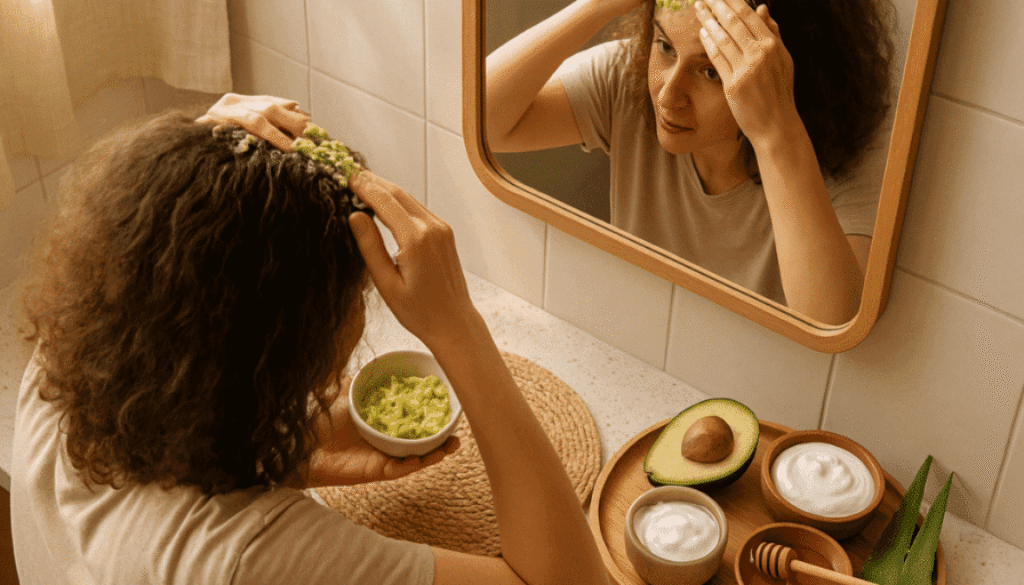
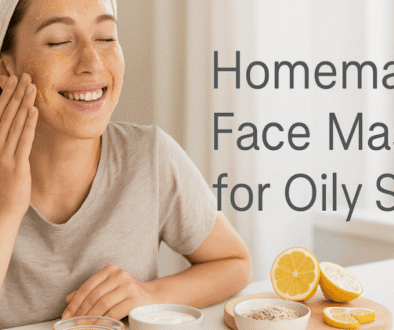

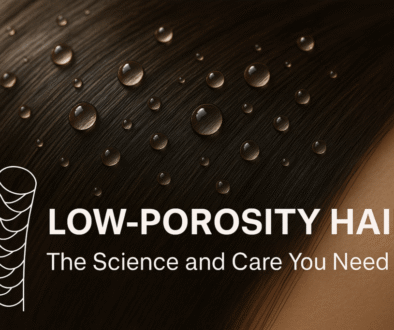
Scalp Massage Benefits: Boost Hair Growth & Reduce Stress - True Nature Care
May 25, 2025 @ 10:57 am
[…] Regardless of the method, always keep your motions gentle. Scrubbing too hard can irritate or even damage your hair. You can also Read about Nourishing Your Dry Hair: The Ultimate Guide to DIY Hair Masks. […]